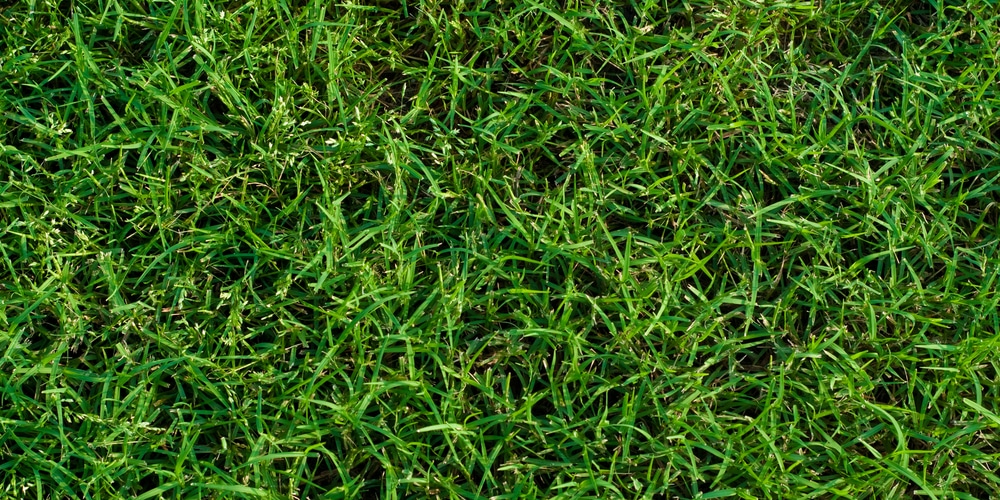If you have a shaded yard and are looking for a variety of grass that will grow well, there are a few things you’ll need to consider. Bermuda grass isn’t the most shade tolerant grass variety available. You can plant Bermuda grass in the shade as long as it gets SOME sun every day.
If lots of trees or buildings are shading your yard, you may like to choose a different sort of grass. Bermuda grass is often used in hot climates as it can cope with the heat and is drought resistant.
Bermuda grass needs at least 4 hours of sunlight each day to thrive. As long as your yard isn’t in the shade for the whole day, Bermuda grass will grow well. Let’s look at the sunlight requirements of Bermuda grass and whether it can be grown in areas of lower light.
Can Bermuda Grass Grow in Shaded Areas?
Bermuda grass can grow in the shade as long as it gets the recommended 4 hours of sunshine a day. When grown in areas of low light, the grass won’t grow as well and will be more likely to suffer from disease.
Bermuda grass needs to be grown in pretty high levels of light as it is a warm-season grass. The intensity of light and hours of sunshine will affect how well your lawn grows.
Other species of grass, such as Ryegrass or Zoysia, can thrive in lower light. If your yard is in the shade for much of the day, it may be best to choose another variety of grass. Bermuda grass needs enough sunlight for its leaves to grow and the rhizomes to spread.
Some Bermuda grass varieties are more resistant to low light and will thrive in the shade. You could try planting a mixture of Bermuda, ryegrass, and Zoysia if you have a shaded yard. There are also Bermuda hybrids available that thrive in areas of low light, such as TifGrand™ Bermuda.
What Happens to Bermuda Grass if it’s Grown in the Shade?
You may find that your grass becomes patchy and discolored if grown in shaded areas. When a lawn is weak and patchy, broadleaf weeds such as dandelions and crabgrass will easily take over.
Long hours of shade caused by trees and buildings may cause your grass to develop elongated stems. The grass will look long and leggy as it tries to grow towards the light.
Bermuda grass growing in the shade is more likely to be affected by diseases and fungal infections. Dew will collect on the grass blades and take longer to evaporate in shaded areas. This can result in mold and fungal growth.
How to Care for Bermuda Grass that’s Growing in Shaded Areas
Bermuda grass that’s grown underneath trees with dense foliage will struggle to grow. You may find that the grass looks thin and unhealthy. Watering and fertilizing the grass in shaded areas won’t help if your lawn is getting less than four hours of sunlight a day.
There are a few things you can do to improve the health of Bermuda grass that’s growing in the shade. Annual pruning of trees and larger shrubs will allow some light to filter through the canopy and reach the grass below.
It’s also a good idea to mow the grass growing in shaded areas to a slightly higher length than the rest of your lawns. This will help to improve the health of your grass as longer blades can capture more sunlight.
It’s also worth reducing traffic on shaded areas if possible. Try not to walk on the grass and encourage children and pets to stay away from shaded areas when playing. Traffic will put additional stress on the grass, which will affect its growth.
You can also apply nitrogen to your Bermuda grass, which will help to strengthen the grass.
Conclusion
You can plant Bermuda grass in the shade as it’s hardy and resistant to drought. This variety of grass doesn’t do so well in shaded areas as it requires at least 4 hours of sunlight to grow well.
If tall trees or buildings overshadow your yard, you can plant a small patch of Bermuda grass to see how well it does. If possible, it’s also worth thinning out the tree’s canopy to let some more light in.

